 W
WJohn Richardson "Johnny" Alison was a highly decorated American combat ace of World War II and is often cited as the father of Air Force Special Operations.
 W
WLieutenant Cyrus K. Bettis was an American army aviator who won several races and set the then airspeed record for a closed-circuit race in 1925. He died after he crashed his aircraft less than a year later.
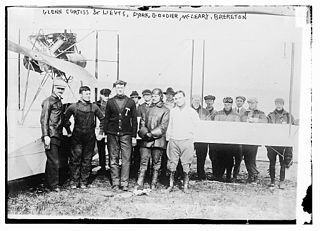 W
WLewis Edward Goodier Jr. was a pioneer aviator and, as such, a member of the Early Birds of Aviation. He served in the United States Army and later the United States Air Force, and rose to the rank of lieutenant colonel.
 W
WByron Quinby Jones was a pioneer aviator and an officer in the United States Army. Jones began and ended his career as a cavalry officer, but for a quarter century between 1914 and 1939, he was an aviator in the various organizations that were the Army's air arm. He appeared to be on track in the 1930s to becoming one of the senior commanders of the Air Corps, but his views on the role of airpower diverged from those of his Air Corps peers and he returned to the Army's ground forces at the beginning of World War II.
 W
WMaj. James Johnson Kelly from High Point, North Carolina, is a member of the famed group of World War II-era African-Americans known as the Tuskegee Airmen. He began his career in 1946 with the 99th Fighter Squadron and 332nd Fighter Group. He served in the Korean War at the Battle of Chosin Reservoir, and he retired in 1971 as a Major in the Air Force and a Squadron Commander.
 W
WAlbert Paul Mantz, known as Paul Mantz, was a noted air racing pilot, movie stunt pilot and consultant from the late 1930s until his death in the mid-1960s. He gained fame on two stages: Hollywood and in air races.
 W
WOdas Moon was an American aviation pioneer who was among a team of United States Army Air Corps (USAAC) aviators to break endurance records by performing aerial refueling. Moon was a founding member of the Order of Daedalians. Through his teaching and leadership at the Air Corps Tactical School, Moon helped shape and promote the concept of daylight precision bombing, using heavy bombers.
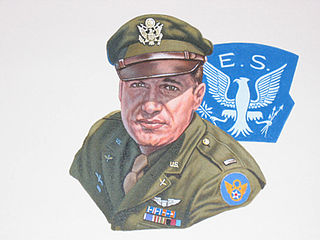 W
WSteven Nicholas Pisanos was a Greek-American aviator and flying ace who served as a fighter pilot with the British Royal Air Force (RAF) and later the United States Army Air Forces in World War II. He was credited with shooting down 10 enemy aircraft while flying with the American 4th Fighter Group. Post-war, he achieved the rank of colonel in the United States Air Force, flew in the Vietnam War and, by the end of his career in 1974, had received 33 decorations and distinctions. His autobiography, The Flying Greek, was published in April 2008.
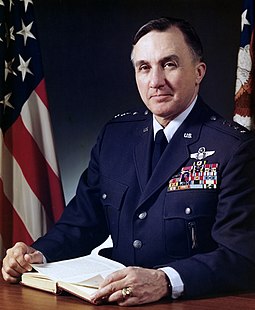 W
WBryce Poe II was a United States Air Force four-star general who served as Commander, Air Force Logistics Command (COMAFLC) from 1978 to 1981.
 W
WGordon Philip Saville was a United States Air Force major general who was the top authority on US air defense from 1940 to 1951. Blunt and direct in manner, Saville had been an outspoken proponent of tactical aviation in the 1930s against a brotherhood of airmen who promoted strategic bombing.
 W
WRobert McCawley Short was an American aviator, United States Army Air Forces pilot, and Republic of China Air Force Academy instructor. Born in Steilacoom, Washington, his family soon moved to Tacoma, Washington. On February 22, 1932, when flying a Boeing 218 from Shanghai to Nanjing, Short was boxed by six Japanese fighters. He first shot down a Japanese fighter and killed a Japanese commander, but later was shot down by the Japanese and crashed into a small lake (zh:镬底潭) of Wusong River, in Wu County, Jiangsu, China. He was the first foreign pilot killed in the Second Sino-Japanese War, and the first American casualty in operations against Japan, nine years before the attack on Pearl Harbor.
 W
WAustin A. Straubel was a major in the United States Army Air Forces from Green Bay, Wisconsin. Straubel was Brown County's first aviation loss in World War II, and Green Bay–Austin Straubel International Airport was named in his honor.
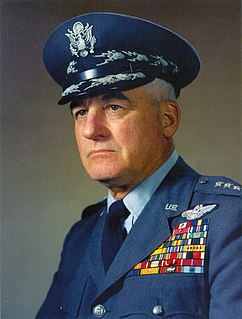 W
WNathan Farragut Twining was a United States Air Force general, born in Monroe, Wisconsin. He was Chief of Staff of the United States Air Force from 1953 until 1957, and Chairman of the Joint Chiefs of Staff from 1957 to 1960. He was the first member of the Air Force to serve as Chairman. Twining was a distinguished "mustang" officer, rising from private to four-star general and appointment to the highest post in the United States Armed Forces in the course of his 45-year career.
 W
WArthur L. "Al" Welsh was a Russian-born American pioneer aviator who became the first flight instructor for the Wright Brothers. He was killed in an aircrash in 1912.
 W
WOscar M. Westover was a major general and fourth chief of the United States Army Air Corps.
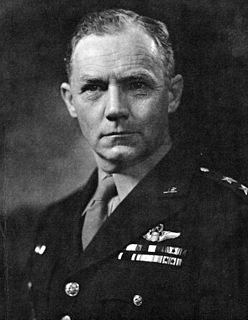 W
WDonald Wilson was a United States Army Air Forces general during World War II.